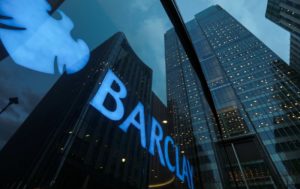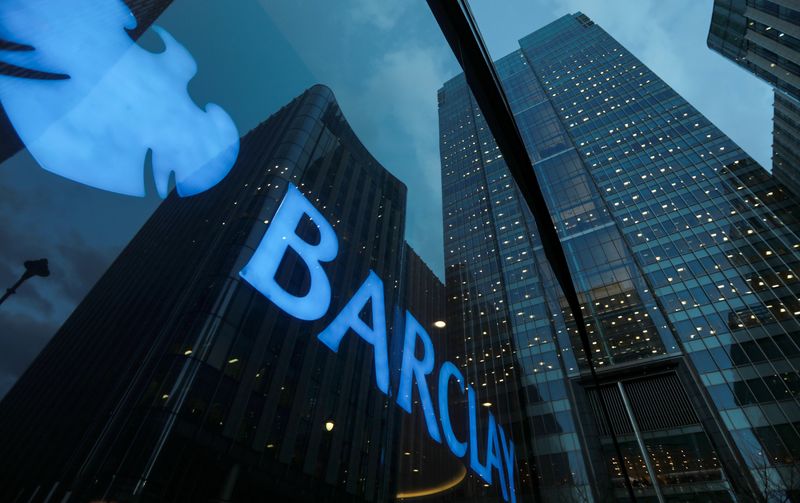Betting on dividends and buybacks still requires faith. By Lionel Laurent Source: Bloomberg.com Barclays Plc CEO Jes Staley reckons

By Lionel Laurent
Source: Bloomberg.com
Barclays Plc CEO Jes Staley reckons he will keep his side of the bargain he struck with shareholders back in 2016. Back then, he cut the dividend to give him more space to speed up his overhaul of the bank. A bet on that effort paying off still needs a fair amount of faith.
On Thursday, Barclays reported a stronger-than-expected capital ratio of 13.3 percent, within the bank’s target range, and a 5 percent year-on-year fall group in costs, to 14.2 billion pounds, about 4 percent more than what the bank wants them to be in 2019.
This was enough to allow Staley to double down on his pledge: he promised not just to double the dividend in 2018 — or rather return it to 2015 levels — but to dangle the possibility of buybacks. Barclays stock rose 5 percent in response.
The lender isn’t quite back to normal yet, though. Staley has delivered on asset sales, job cuts and a clean-up of the balance sheet, but targeted profits — especially in the investment bank that forms a linchpin of Barclays’s strategy — are years away.
Analysts expect a less buoyant jump in dividends and a below-average dividend yield for next year, which looks fair enough considering the gap left to get earnings back on track.
Barclays’s group return on tangible equity in 2017 was 5.6 percent, or about half where it has to be in 2019 just to meet the own company’s targets. Unsurprisingly, the big drag lies in its corporate and investment bank. The unit accounts for about half of the group’s allocated tangible equity, yet returned about 1 percent on that equity in 2017.
The pick-up in volatility in 2018 is leading to a more upbeat view about the operation’s prospects — but it’s still fair to recall that a year ago, Barclays had less capital tied up in the investment bank and was earning a higher return.
It’s true that trading revenue held up better than expected, and that Barclays’s lucrative U.K. businesses such as credit cards give it a more diversified business than laggards like Deutsche Bank AG. But too much revenue is being eaten up by costs. At group level, expenses ate up 73 percent of revenue in 2017, well above the bank’s target of less than 60 percent. At the investment bank, operating expenses equated to about 78 percent of revenue.
Staley will be hoping his star bankers pick up the slack in a more buoyant market environment. But so far, in two years, the unit’s revenue has fallen 13 percent and operating expenses have risen 32 percent. Even if investment-banking revenue were to improve by 50 percent this year, Barclays would struggle to reach a 10-percent return, according to Goldman Sachs analysts.
Relatively speaking, Barclays is clearly in a better spot than some of its rivals — Deutsche Bank, for example, could only point to a “competitive” dividend in 2018. And Staley deserves credit for clearing the various structural and regulatory hurdles in his path so far, from Brexit to U.K. bank ring-fencing — though some self-inflicted wounds like the whistle-blowing scandal could have been avoided.
But a bet on dividends and buybacks still requires a lot of optimism about Barclays’ future. We are not there yet.

